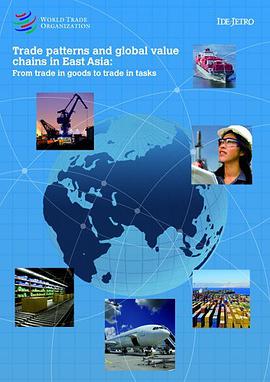Trade Patterns and Global Value Chains in East Asia 豆瓣
作者:
World Trade Organization
World Trade Organization
2011
- 6
Starting with demand, the publication describes how a changing economic environment has contributed to the phenomenon of global production. Infrastructure services, tariffs, foreign direct investment, cheaper technology and lower transportation costs have all affected the trading environment and the international exchange of goods, fostering increased market access, amplifying cross-border links between companies and causing trade in intermediate goods to increase. This publication considers the effect of these factors on international production networks, with a particular focus on “Factory Asia”.
It also shows how the development and evolution of these production networks has promoted economic growth and employment in Asia. A new statistical measurement — trade in value added — is proposed to complement conventional trade statistics for a deeper and more comprehensive analysis of trade patterns. This methodology offers a new perspective for trade analysts, as it dramatically re-evaluates the importance of some economies as “countries of origin”.
It also shows how the development and evolution of these production networks has promoted economic growth and employment in Asia. A new statistical measurement — trade in value added — is proposed to complement conventional trade statistics for a deeper and more comprehensive analysis of trade patterns. This methodology offers a new perspective for trade analysts, as it dramatically re-evaluates the importance of some economies as “countries of origin”.
